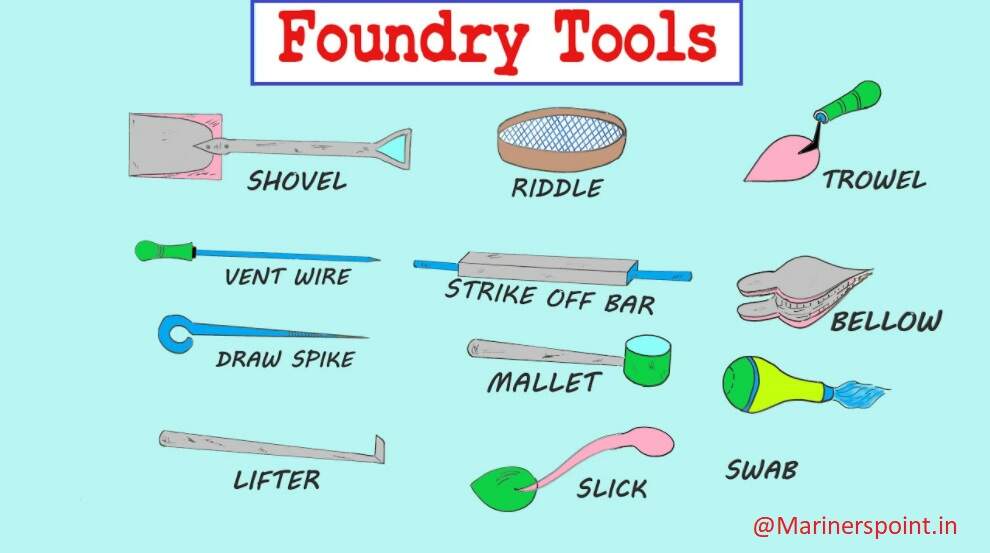What is Crosshead ?
A crosshead consists of forged Steel block secured to the foot of the Piston rod. it includes the journal for the top end wearing which acts as a hinge by which the Piston thrust is deflected via the connecting rod to rotate the crank.
Difference between crosshead and Trunk type engine
The transverse component of this force is transmitted to the guides,and the guide also form part of crosshead assembly.
Crosshead lubrication
Further attachment are required for lubrication and cooling connections.
The load fluctuates throughout the engine cycle. The two stroke cycle causes and almost continuous download force, tending to a squeeze the oil film from the underside bearing surfaces.
Movement of the bearing is limited by the small angle through which the connecting rod articulates and reverse direction during each engine Revolution.
consecutively there is insufficient sliding velocity between surface to establish an oil wedge or spread an oil film.
To distribute the oil over the lower bearing surface, oil gutter are cut in axial direction in the surface of the bottom shell.These are spaced closely to allow and oil film to remain between them as the bearing swings.
Oil holes connect the gutters to the oil supply; they do not extend to the end of the bearing but small drain holes may promote circulation of oil for cooling. towers are not necessary in the shell.
To ensure an ample supply of cool, clean oil to the crosshead bearings, the main lubricating system supplies the crosshead directly by Telescopic glands or swinging link connections.
Excess oil then passes to bottom end bearings, guides and to Piston cooling.
What it made up of
Most top end bearings are of the thin- walled shell type (insert bearings ) with a steel backing supporting low friction materials such a white metal or aluminium -tin alloy.
The latter will require superfine surface finish on the journal and an increase in wall supply pressure.





[…] between crosshead and trunk type Piston engine are as follows […]